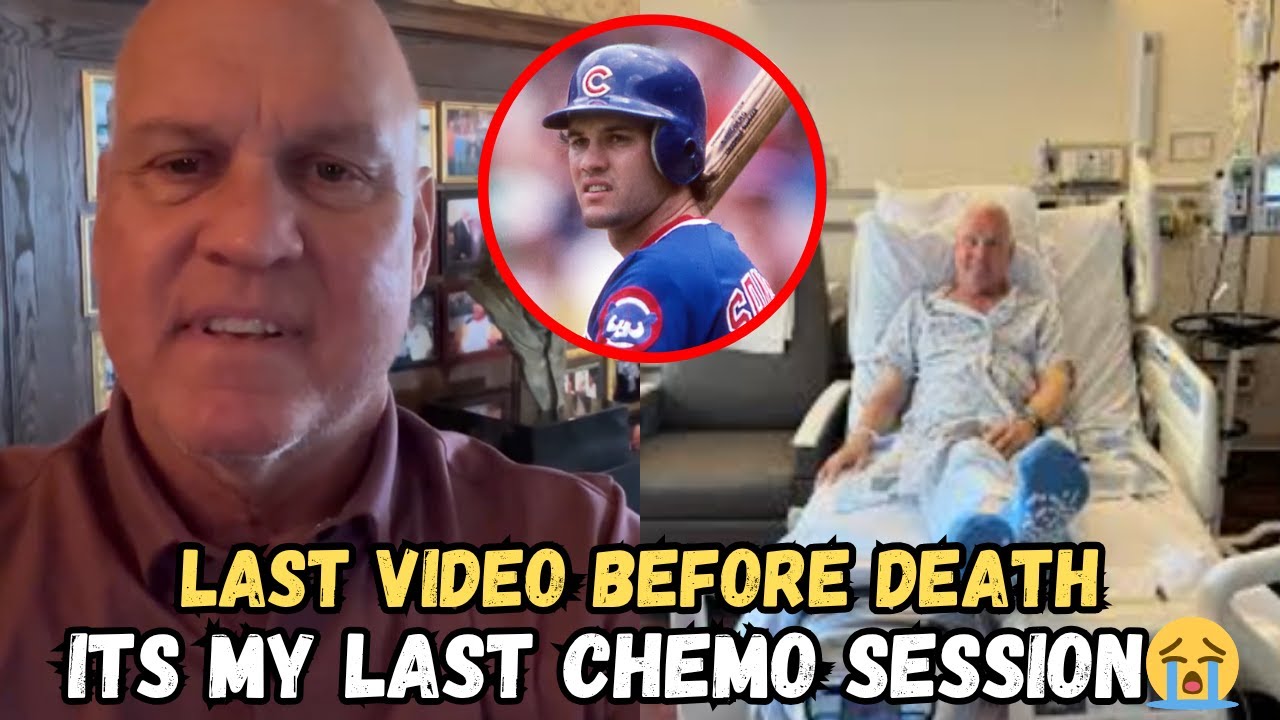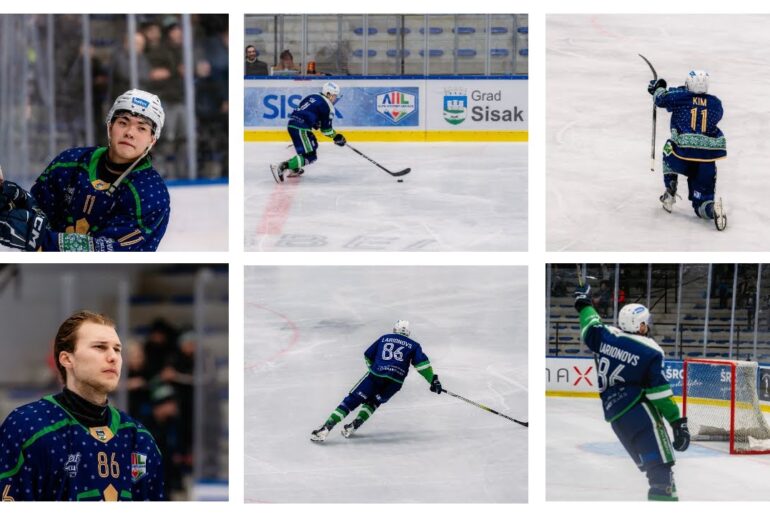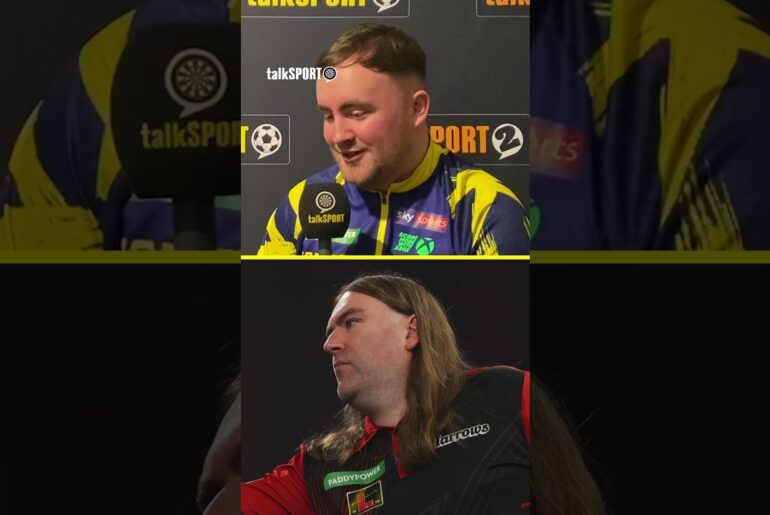Baseball loses a legend. Hall of Fame second baseman Ryne Sandberg, the quiet icon of the Chicago Cubs and one of the greatest to ever play the game, has passed away at the age of 65 after a long battle with metastatic prostate cancer.
Known affectionately as “Ryno,” Sandberg was more than just a nine-time Gold Glove winner or a 10-time All-Star—he was the heart of Wrigley Field, the embodiment of class, humility, and grit in an era full of flash. In this tribute, we honor Sandberg’s incredible journey from Spokane to Cooperstown, from the lopsided trade that brought him to Chicago to his unforgettable MVP season in 1984.
We revisit iconic moments like The Sandberg Game, his 282 home runs from second base, and his impact off the field as a role model and mentor. With moving words from teammates, MLB legends, and Cubs fans around the world, this video celebrates a player who gave everything to the game—and to the city that loved him like family.
Rest easy, Ryno. Your number may be retired, but your legacy lives on forever in the ivy and in our hearts.
[Music] Well, here it is Wednesday leading up to uh fourth round of uh the treatments, the chemo. But here I am. Uh it’s the midway point of getting through these treatments and got some tests. Ryan Samberg, the Hall of Fame second baseman who became synonymous with integrity, grace, and excellence in a Cubs uniform has passed away at the age of 65. Samber died peacefully at his home on Monday, surrounded by family following a long battle with metastatic prostate cancer. A time of baseball’s golden era in the 1980s and early 90s. Samberg, known affectionately to fans as Renault, was more than just one of the game’s most complete players. He was the beating heart of Wrigley Field, a symbol of hard work, dignity, and quiet leadership in a sport that so often celebrates flare. For Chicago and Cubs nation, Samberg was their steady star, a Hall of Famer who never acted like one and whose impact will be felt far beyond the diamond. A five tool player with a six tool, character baseball commissioner Rob Manfred called Samberg a five tool player who excelled in every facet of the game thanks to his power, speed, and work ethic. But to fans and teammates, it was his sixth unofficial tool. His unwavering character that defined him. In a city that knows greatness, Michael Jordan in sneakers. Walter Payton on the turf sandberg carved his own legend on the ivy wrapped field of wriggly. He did so not with brashness, but with consistency, not with controversy, but with class. He was a superhero in this city, said Cubs president Jed Hoyer. You think about Jordan, Payton, and Samberg all here at the same time. I can’t imagine a person handling their fame better, their responsibility to a city better than he did. From Spokane to Star Dober and raised in Spokane, Washington. Ryan D. Samberg was named after Yankees pitcher Ryan during a quirky detail that foreshadowed his baseball destiny. He starred as a multisport athlete at North Central High School before being selected in the 20th round of the 1978 MLB draft by the Philadelphia Phillies. His debut came in 1981, but with little opportunity to break into the Phillies established in field. Samber became part of one of the most lopsided trades in baseball history. In January 1982, he and veteran Larry Boa were traded to the Cubs for infielder Ivan D. Jesus. Chicago got more than a short stop. They got a franchise cornerstone dominance in the second baseman’s glove, a position historically known for. Glove worked more than power. Samberg changed the game in 15 seasons with the Cubs. He slashed point to 85 with 280 to home runs, 1,61 RB is, and 340 for stolen bases. He won nine gold gloves, appeared in 10 all-star games, and in 1990 won the home run derby and herder for his second baseman at the time. dot in 1984. Samberg’s performance reached his apex. He batted 314, belted 19 homers, drove in 84 runs, stole 38 to bases, and recorded 19 triples. The Cubs won the NL East, and Samberg was named the National League MVP. Though Chicago ultimately fell short in the postseason, that summer remains one of the most magical in team history, and Samberg was at its center. Dot. was during that season that Samberg gave Cubs fans what would become his signature moment, the Samberg game. On June 23rd, 1984, in a nationally televised game against the rival St. Louis Cardinals, Samberg homerred twice off Hall of Famer Bruce Sutter drove in seven runs and helped the Cubs rally to a dramatic 12 to11 win in 11 innings. That game was so electric, so emblematic of Samberg’s clutch brilliance that it earned its own nickname one forever etched in baseball folklore.







